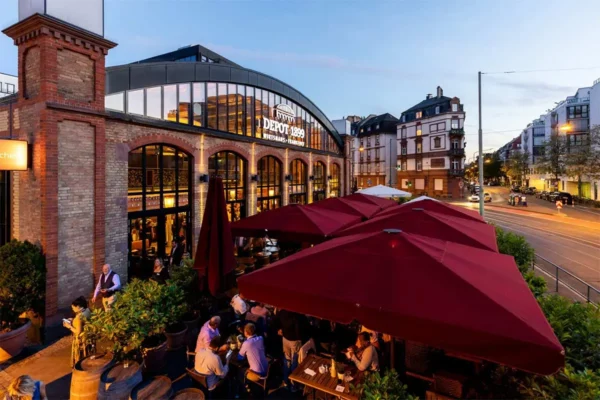Latin America. We have all heard the term used before. However, do we all really understand what it means, what defines it and how that definition fits into the business world?
Latin America is defined not only by region, but also by language. The geographic region of Latin America is typically defined as the countries south of the United States in Central and South America. Often times, the Caribbean is also included. Linguistically, those countries within the Americas that primarily speak the “romance” languages derived from Latin – Spanish, Portuguese and sometimes French, define it.
This definition leaves us with a vast area. I have to wonder, culturally, how do countries within this region differ, how are they the same and is it smart to market to the generality of “Latin America?”
Religion and family values are very similar throughout the region. The majority of Latin Americans are Catholic with very tight knit families. Many families have their extended elder family living within the same home as with their own children. Most families have their main meal of the day during the lunch hour, and sometimes the parents and children even come home from work and school to eat together.
From a cultural business perspective, Latin American countries typically are not as strict about timing as the United States for example. It’s common to start a meeting 30 minutes late or even later. It’s recommended to ask if your meeting time is by the “English Hour” or the “Latin Hour” in order to set appropriate expectations. And expect social conversation before getting down to business.
However, it is important to remember that, while much of Latin America speaks similar languages and have some common traits, these countries are all still different and were settled by different nations. Like the United States, many of these countries have a melting pot of people.
Brazil alone has a few interesting statistics:
- It is the largest Portuguese nation
- The largest Italian nation outside of Italy
- The largest black population outside of Africa
- The largest Arab nation outside of the Middle East
- The largest Japanese population outside of Japan
The list goes on for Brazil alone, so if there is so much diversity within one country of Latin America, what about the 20+ other countries in the region?
Latin America’s Internet population is the fastest growing in the world; even so, the rates of adoption vary throughout the region. Brazil alone accounts for 42 percent of the users within Latin America. Mexico has 16 percent of the users; Argentina, 9.6 percent; and Colombia, 7 percent. Those numbers total 74.6 percent of the Internet users concentrated in only four of the 20+ countries in Latin America. It’s easy to read a few articles that explain how rapidly the Internet usage is growing in Latin America and assume that all countries are growing that rapidly. It’s easy to see by the numbers above, that is just not the case. You’ll potentially miss a good buying percentage of population in other Latin American countries with an Internet-based marketing campaign.
The important thing to remember is while general characterizations can be made about larger regions, the demographics of those regions are important to consider individually. You’ll likely have better marketing success if you market to a sub-region than a vast region. Latin America is just like North America, Europe, and Asia etc. To be successful, you have to take into consideration the individuality of the countries and states within those regions.
Kelli Steckbauer is MG Design’s Director of Global Business, and for almost a decade she has been helping clients maximize their global trade show experience and find the best integrated marketing solutions for their brands. Kelli oversees the seamless flow of operations for MG Design clients as they exhibit across the globe as those international clients who need to exhibit in the U.S.





























